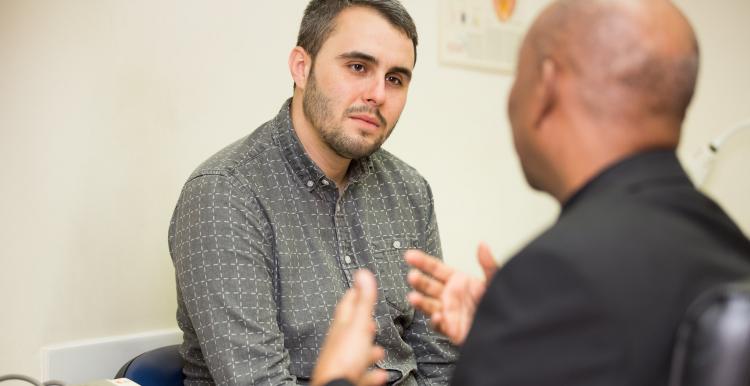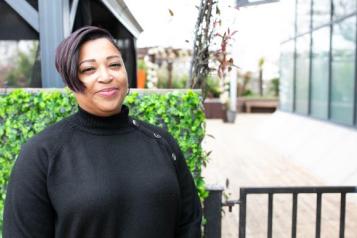Understanding DNACPR (Do Not Attempt Cardio-Pulmonary Resuscitation)

CPR is used to keep the person alive while the cause of the cardiac arrest is found and treated if possible.
CPR can include:
- Chest compressions (repeatedly pushing very firmly on the chest in an attempt to pump blood around the body).
- Defibrillation (using electric shocks to correct irregularities in the heart’s rhythm)
- Artificially inflating the lungs (by inserting a tube into the windpipe or by placing an oxygen mask over the mouth and nose to push air into the lungs).
- Intravenous medication (administering medications, such as adrenaline, into a vein to improve heart muscle contraction and blood pressure)
Can you request CPR?
No one has the right to demand a treatment, including CPR. You can record your preference for CPR to be attempted, but like all medical treatments you cannot demand that it is offered to you. If someone is in cardiac arrest, only their healthcare team can decide if CPR is a suitable option.
What is the difference between an Advance Decision and a DNAR form?
You can have both an Advance Decision and a DNAR form.
The differences between an Advance Decision and a DNAR form are:
- Any adult with capacity can write their own Advance Decision
- A DNAR form has to be issued and signed by a healthcare professional
An Advance Decision can be used to refuse any medical treatment, whereas a DNAR form is only used to withhold CPR.
You can find out more about DNACPR and other aspects of End of Life on the following website:


